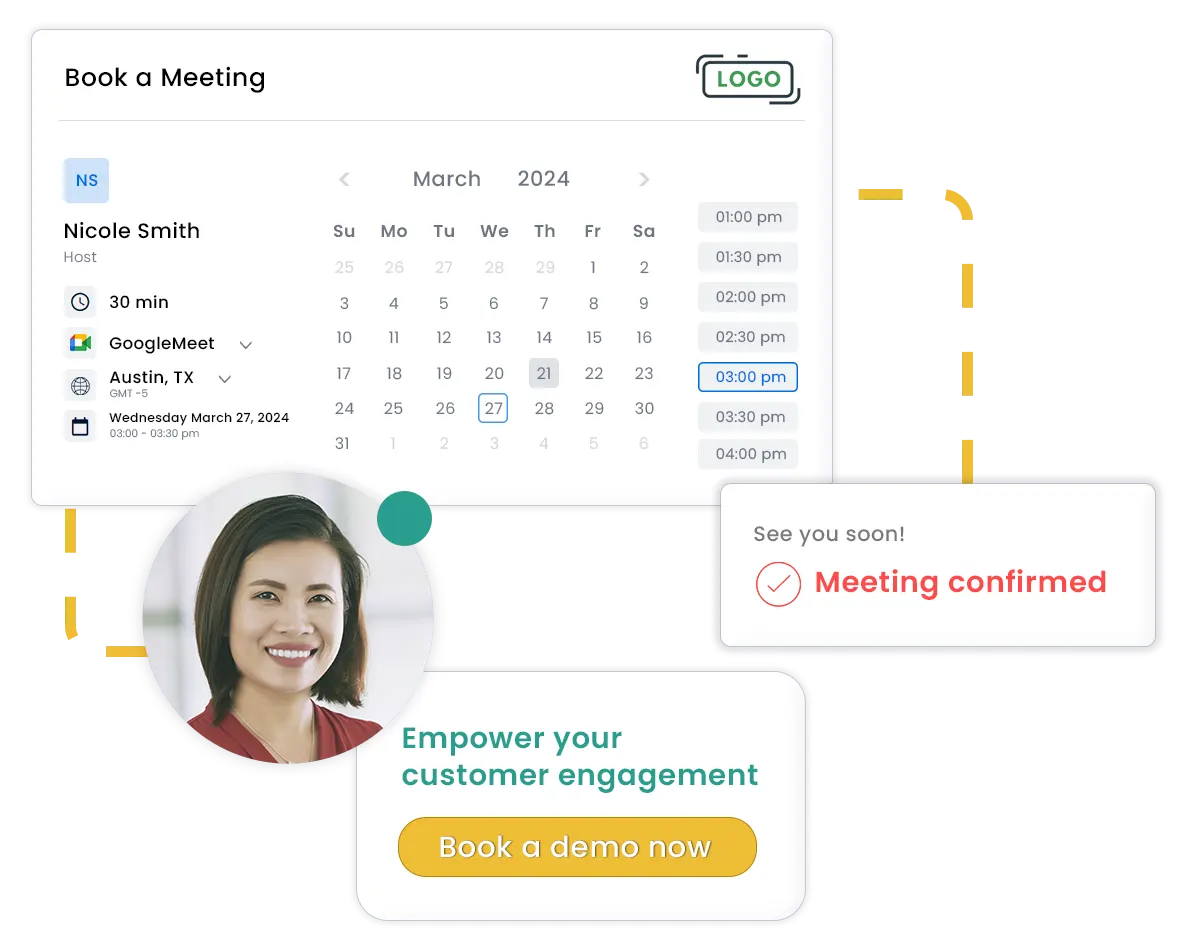Student or Summer Melt
“The phenomenon of prospective college students’ motivation to attend college melting away during the summer between the end of high school and beginning of college.” (Wikipedia)
Does this sound familiar? Your Admissions department has done the monumental job of organizing campus visits, managing new student applications, and making sure accepted students had all the necessary application paperwork. The student registry is confirmed so now the next stage begins. Problem is on the first day of classes, the number of students that showed up for the start of school is much less than the intake number reported by Admissions. This is known as the summer melt.
As many as 20% of high school students that have been accepted to college do not show up for their classes at the start of the fall term. The reasons why such a dropoff occurs are varied. In the period between acceptance and start of the Fall term is a tenuous time of transition. Students have to sort their way through a small mountain of paperwork for things like financing and housing. Then there’s orientation, and class registrations to complete as well. Often all these activities are done without assistance and can be overwhelming.
A multitude of paperwork alone can cripple an accepted student’s follow-through to actually show up for classes. Then there’s the nerves of a new environment or the new challenge of independence. Assimilation into a new way of life can be daunting. The few months between acceptance and day one is the critical timeframe for propelling a student towards success.
Cooling The Melt
No matter if your institution is a community college, traditional university or business school, the end goal is getting those student to matriculation. Institutions must matriculate students as quickly as possible. However, mired in paper-based processes, all too often Admissions and Registrar offices struggle to keep up with the demand for assistance. Utilizing technology can help to improve the process for both the students and staff managing, student and recruitment.
A higher education institution may not be able to affect the volume of paperwork that needs to be completed by incoming or returning students, but there are other opportunities to improve summer melt. Providing digital channels for both prospective and enrolled students to communicate with advisors, admissions and the registrar’s office can improve not only attendance but also enrollment.
Multi-Channel Communication
A common complaint amongst administration staff is the difficulty of getting in touch with students. They are not always responsive to phone calls or emails. Millennials generally prefer to talk over text versus a voice conversation. In fact, 75% of Millennials think text is a helpful way to receive an appointment, delivery and payment reminders, as well as surveys an promotions.
Millennials are more interested in texting over other forms of communication because it’s less invasive, more personal, and makes them feel valued. (OpenMarket)
Incorporating text messaging as one of your institution’s communication channels can improve student response rates. Phone calls and emails can be supported by the addition of text messaging.
Self-Scheduling Convenience
Early retention and engagement actually starts from the date of acceptance. Emailing updates, answers to FAQs and links to resources can go a long way to making a good impression for your institution and can improve the probability of admitted students graduating and becoming valued alumni.
A couple of the areas an effective onboarding program will address are:
- Student retention
- Integration into the school culture or program
- Easing adjustment to new surroundings or program
The onboarding process is not limited to a single day of orientation but recognizes that students enroll at different times, at different locations if your institution has more than one campus or even online. Online appointment automation can give campuses the flexibility to educate students at a time and manner that is most efficient as well as effective for both your department and your students.
51% of Millennials receive general appointment reminders via text messaging. (OpenMarket)
An effective online appointment scheduling solution provides the convenience of self-scheduling which is useful for important meetings with advisors, admissions or even the financial aid office. It will also not only offer appointment reminders across the two communication channels most commonly used by schools, email and phone, but also text. The student experience is improved and the reminders help curb no-shows.
Attract and Retain Through Engagement
Reducing the number of forms required to apply or even graduate from a higher education institution would befenit all parties involved. However, it would be a change that would be slow to come so it is best to focus on areas that can immediately be affected for improved student interaction.
Adding text messaging and online scheduling are two ways to help students to connect with your institution without too much effort, leaving them with a positive view of their experience.




